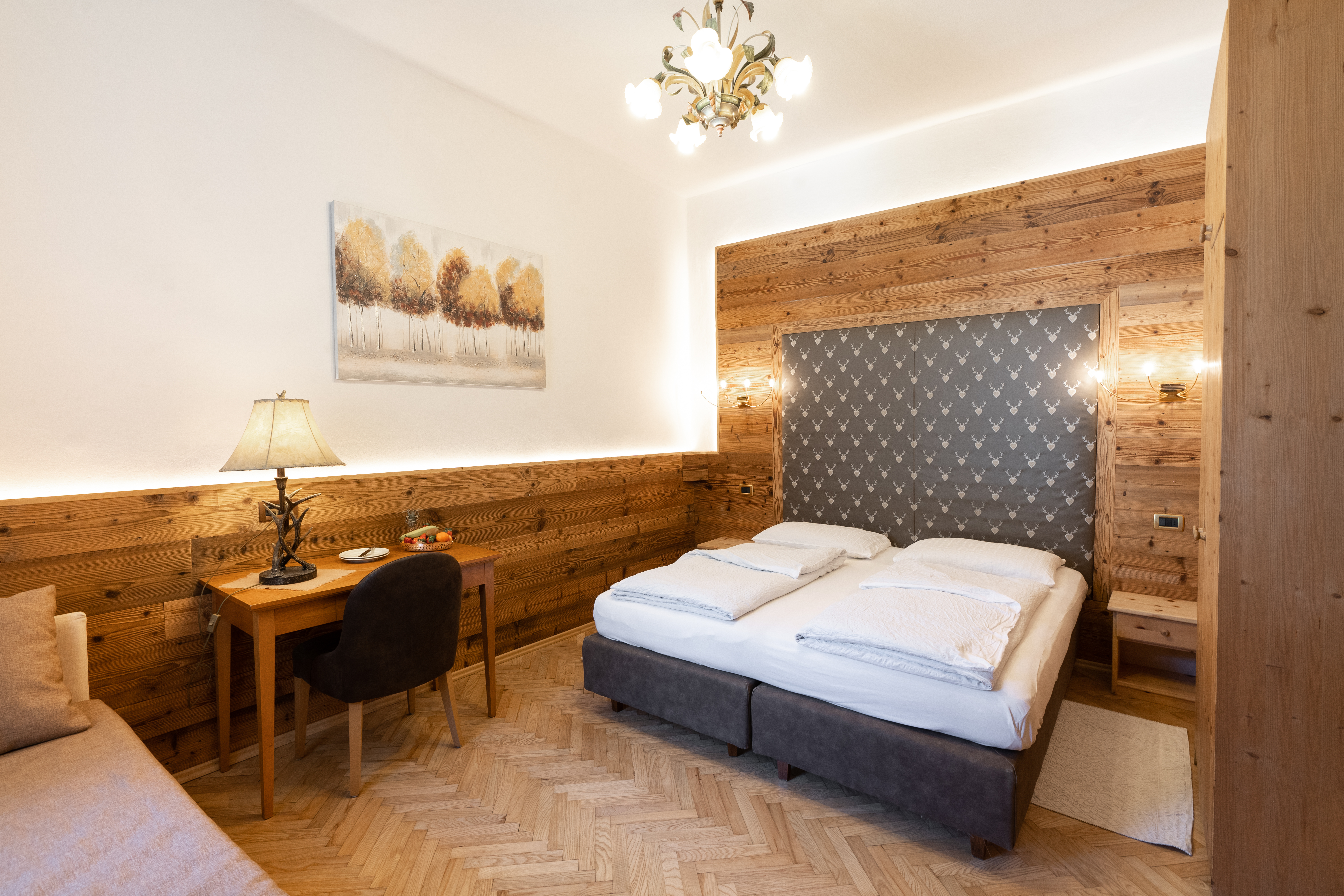The newest tested femur (PEFO 33843) enjoys a great diameter regarding fifteen
callenderi sample, whoever mid-diaphysis major axis diameter ranges out of fourteen.cuatro (PEFO 34561) in order to twenty two.1 mm (PEFO 33991). step 1, which is underneath the brand new imply (16.4 mm) and you may much like the median size (fifteen.4 mm) of take to. Even when dimensions are perhaps not the ultimate proxy to own ontogeny (Griffin ainsi que al., 2020 ), the existence of substantially huge femora (PEFO 33991 and you will 35318) together with not enough a keen EFS in PEFO 33843 both imply your second private wasn’t adult, though it had almost certainly passed the purpose of inflection in gains bend. Therefore, we can hypothesize that all of one’s specimens within this research was none very early juveniles or people out-of a good skeletal readiness perspective.
5.nine.2 Paramedian osteoderms
Into the comparing the new osteohistology of the sampled paramedian osteoderms off Roentgen. callenderi and you will Krzyzanowskisaurus hunti, you should keep in mind that specific observed adaptation are due to positional effects, both in terms of the fresh new osteoderm’s real location about carapace and you may in which along side osteoderm the fresh histological area is drawn. Less than, i identify the 2 osteoderms with her, explicitly detailing in which they differ.
Like the femur, the brand new tested paramedian osteoderm out-of R. callenderi (PEFO 33940a) have a thin layer off sparry calcite (Numbers 13f, i), whereas the latest osteoderm off K. hunti (UCMP 175058) provides a covering of emerald-coloured glue, possibly shellac (Figures 13h, j). Splits and interior spaces away from both facets is actually permineralized by calcite spar. Short areas off UCMP 175058 is actually permineralized by the an enthusiastic opaque red-brown mineral (Rates 13h, j), most likely an iron nutrient eg siderite or hematite. Each other specimens monitor some high breaks that have displacement and you can better level of shorter hairline fractures (Rates 13e–j) but are or even really-preserved.
The evidence regarding reducing growth, however, zero EFS, is actually broadly consistent with the dimensions a number of femora about PEFO Roentgen
One another osteoderms are mostly lightweight cortical bone with a somewhat short number of moderately sized vascular places (Rates 13f–j); these room is smaller than those people noticed in the latest aetosauriform An effective. geoffreyi ( : fig. 8), but larger versus heavily-packaged short areas that comprise interior cancellous tissue inside the aetosaurs (Cerda et al., 2018 ; Cerda & Desojo, 2011 ; Parker ainsi christian cupid indir que al., 2008 ; Scheyer ainsi que al., 2014 ). Because noticed from the Scheyer mais aussi al. ( 2014 : pg. 255) to own a little paramedian osteoderm of R. callenderi, this type of endosteal room is rimmed by the second lamellar structure; brand new additional cells filling these places is far more comprehensive about osteoderm out of K. hunti (Data 13h, j). On specimen regarding K. hunti, the ventral line associated with the remodeled region forms reasonable discontinuity within additional muscle and you can number one cells of one’s basal cortex (gray arrow for the Figure 13j) which is similar to the resorption range Cerda mais aussi al. ( 2018 ) demonstrated having aetosaurs, however, which border is smaller type of inside R. callenderi (Contour 13i). Alternatively, new basal cortex both in specimens is almost completely avascular, rescue for most widely spaced effortless rivers and pri ) noticed for Revueltosaurus therefore the condition in Good. geoffreyi ( ), whereas aetosaurs appear to be somewhat far more vascular in this field (Cerda mais aussi al., 2018 ; Scheyer ainsi que al., 2014 ). This first bones of one’s basal cortex comprises synchronous-fibered tissues, however, lacks the brand new laminar structure discussed having A. geoffreyi (cf. , p. 16). The latest basal cortex of one’s R. callenderi osteoderm possesses apparently plentiful Sharpey’s material on a leading position into the a lot of time axis of the mix-point (Figure 13i, much like the updates present in specific aetosaurs (cf. Cerda et al., 2018 : fig. 7g–h), while they look getting absent inside K. hunti (Shape 13j).

















